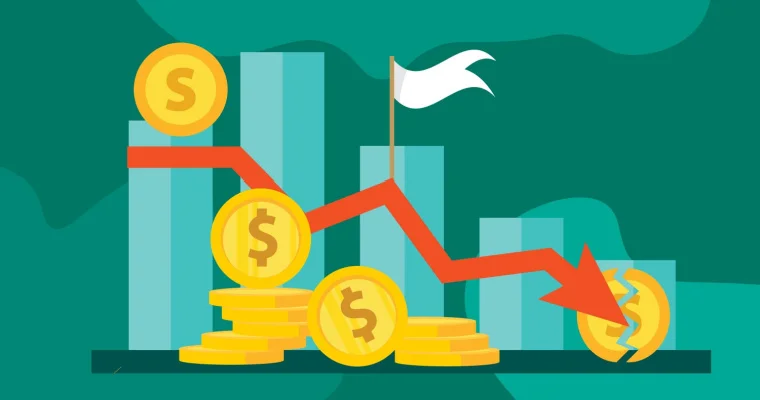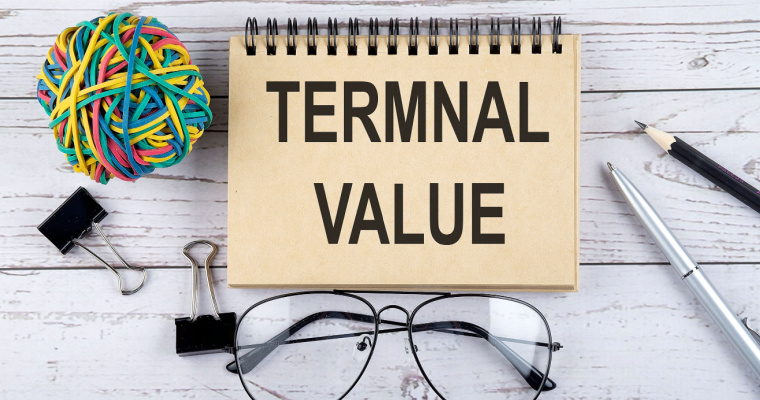Business
How To Get A Business Loan for Startups in India?
More power to you if being an entrepreneur and having your own start-up is your goal. But, for any start-up, the unavai... Read More »
Business
MUDRA Loan – Pradhan Mantri Mudra Yojana: Interest Rates, Eligibility and Apply Online
MUDRA is an abbreviation for Micro-Units Development & Refinance Agency. Also known as the Pradhan Mantri MUDRA Yoj... Read More »
Business
Emergency Credit Line Guarantee Scheme (ECLGS): All About This MSME Scheme
The Union Budget 2022-23 came with another amendment in the ECLGS scheme that the Finance Ministry has extended its val... Read More »
Business
How To Apply For Business Loan Without ITR – Documents Required and Eligibility
A constant flow of funds is crucial to either launch a new business or maintain the operations of an existing one. A bu... Read More »


























